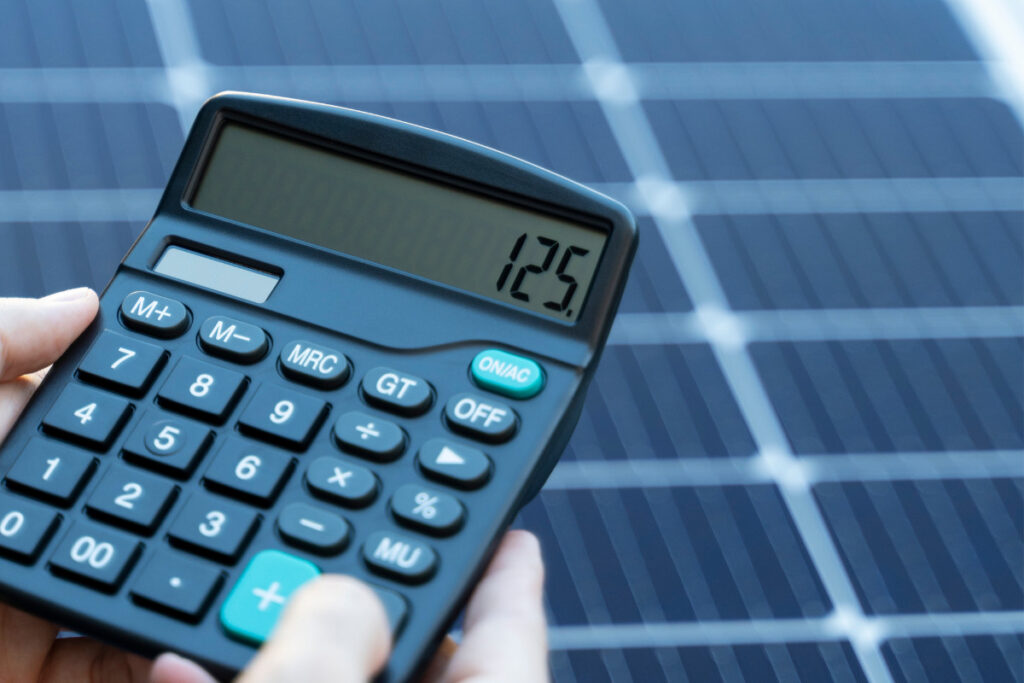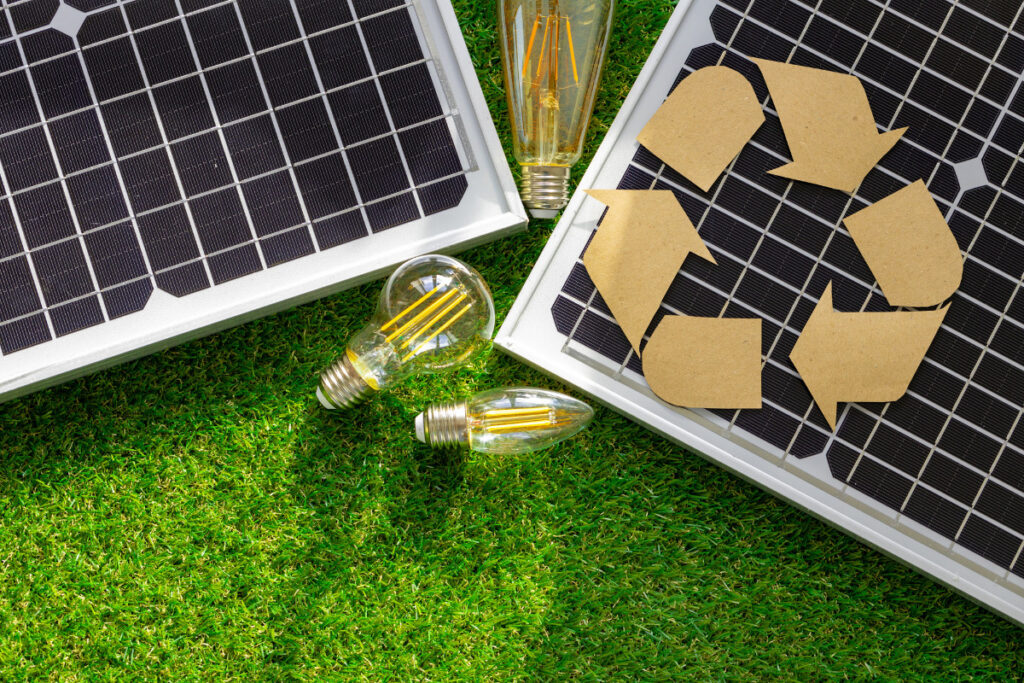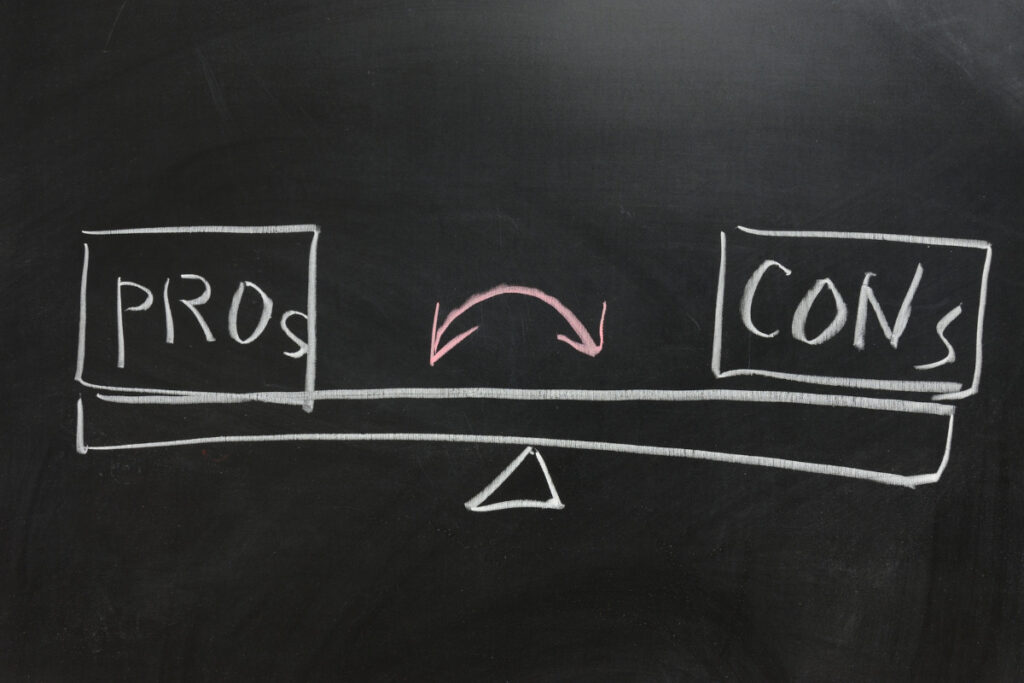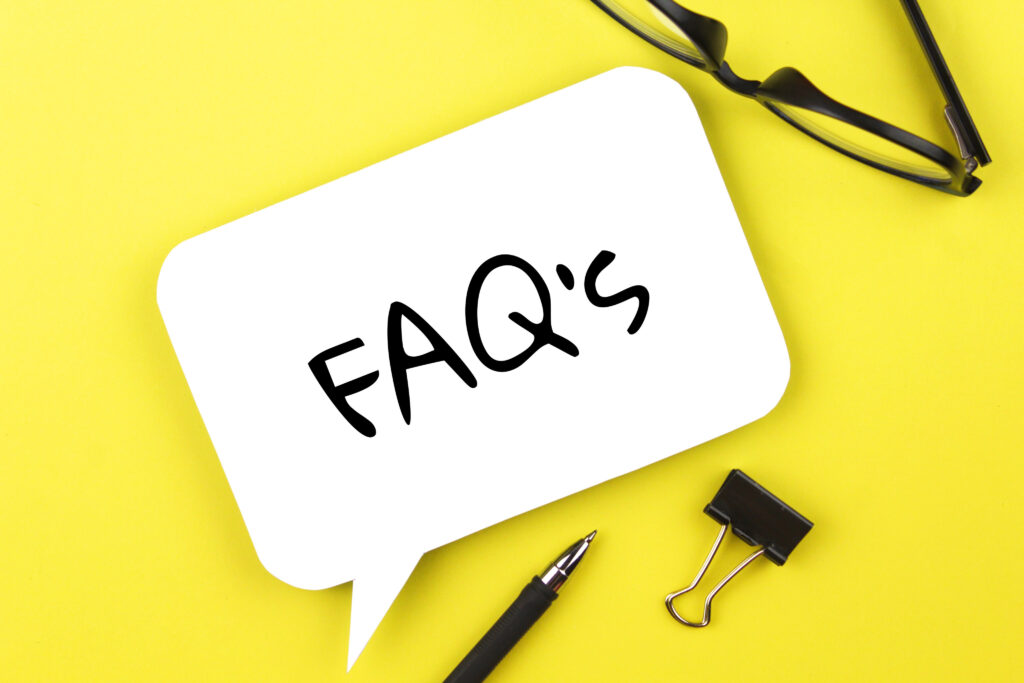Introduction
PACE loans have become a popular financing option as homeowners seek energy-efficient upgrades. But they have issues. This blog post investigates PACE loans’ pitfalls and explores alternative options for sustainable home improvement. Join us to learn more.
Understanding Property Assessed Clean Energy (PACE) Loans
PACE loans are a financing mechanism for energy efficiency and renewable energy improvements on private properties you pay for. They are produced through increased assessments in homeowners’ annual property tax bills.
Definition And Purpose
Property Assessed Clean Energy (PACE) loans are an innovative financing mechanism. Its design helps property owners finance energy efficiency and renewable energy improvements on their private properties.
The primary purpose of PACE financing lies in promoting environmentally sustainable practices among residential and commercial property owners while reducing overall energy consumption.
In turn, this lowers utility bills, decreases carbon footprint, and potentially increases the property value for homeowners. For instance, some projects eligible for PACE financing are installing solar panels or replacing outdated heating and cooling systems with more efficient options.

Benefits Of PACE Loans
PACE loans offer many benefits to property owners who want to upgrade their homes with energy-efficient improvements. Homeowners can transfer the loan obligation to a new buyer if they sell their home because PACE financing is attached to the property and not the owner.
Moreover, because PACE financing does not require upfront costs or down payments, homeowners can affordably invest in renewable energy and efficiency upgrades to reduce future utility bills.
Drawbacks Of PACE Loans
While PACE loans may seem attractive for homeowners looking to make energy-efficient upgrades, several drawbacks must be considered. These loans often come with high-interest rates and fees, making them a more expensive financing option in the long run.
Additionally, PACE loan payback periods are typically quite long, which could leave homeowners stuck with debt for years.
Another issue is limited consumer protection; if something goes wrong during the installation process or the contractor is fraudulent, it can be difficult and time-consuming for homeowners to get their money back.
Plus, PACE programs often establish priority liens on properties that can pose significant problems when selling or refinancing a home.
Risks And Problems With PACE Loans
PACE loans are not without risks and problems, including high-interest rates and fees, long payback periods, limited consumer protection, potential property liens that take priority over mortgage payments, and difficulty transferring property ownership.
High-Interest Rates And Fees
One of the significant drawbacks of Property Assessed Clean Energy (PACE) loans is the high-interest rates and fees attached to them. Homeowners who opt for PACE financing may pay significantly more in interest than if they had taken out a traditional home equity loan or secured government funding.
In addition, some PACE programs charge high upfront fees, which can further increase the overall cost of borrowing.
It’s important for property owners considering PACE financing to carefully review the terms and conditions of any loan agreement before signing on.

Long Payback Periods
One of the major drawbacks of property-assessed clean energy (PACE) loans is their long payback periods. Paybacks can extend up to 20 years. While this may seem like a good thing at first, as it allows for lower monthly payments, homeowners pay substantially more in interest over time.
For example, imagine taking out a $15,000 PACE loan at an interest rate of 7% with a 20-year repayment period. Over that period, you would pay nearly $18,000 in additional interest alone.
Also, if you decide to sell your home after five years and still have $10,000 left on your PACE loan balance, that could deter potential buyers who do not want to take on such large debts when purchasing your home.
Limited Consumer Protection
Another significant issue with PACE loans is the lack of consumer protection. Unlike traditional mortgage loans, which are heavily regulated by federal and state laws, PACE financing has limited oversight.
Homeowners have reported instances of unscrupulous contractors taking advantage of them through deceptive marketing practices and overcharging for services. There have also been cases where contracts were not fully explained or disclosed to consumers, leading to misunderstandings and disputes later on.
Additionally, due to its unique structure, there is often minimal recourse available for homeowners who experience problems with their PACE loan.
Potential For Property Liens
One of the major risks associated with property-assessed clean energy (PACE) loans is the potential for property liens. PACE loans are attached to a homeowner’s property as a priority lien, which means that these loans take precedence over other types of liens, including mortgages.
This can create problems when homeowners try to sell or refinance their homes, as they may not be able to pay off the PACE loan before transferring ownership.
For example, Missouri homeowners who used PACE loans found themselves trapped in debt and at risk of losing their homes due to this issue. Additionally, priority liens established by PACE programs can lead to problems for mortgage-backed securities valuations.
Difficulty In Transferring Ownership
One major drawback of Property Assessed Clean Energy (PACE) loans is the difficulty of transferring ownership. If you decide to sell your property, the PACE loan does not stay with you. Instead, it is transferred to the next owner.
Potential buyers may find it harder to secure a mortgage and could be deterred by additional debt if they purchase a home with an outstanding PACE loan. As a result, this could lead to lower property values.
For example, California homeowners needed help when trying to sell their homes. This was after using PACE financing for energy-efficient upgrades. Some were forced into lengthy negotiations with prospective buyers. Buyers were hesitant to take over payments or risk a tax increase. Banks refused their mortgages due to concerns about added debt if there was any defaulting going forward, causing some to lose out on sales entirely.

Better Alternatives To PACE Loans
Homeowners have better alternatives to PACE loans, including home equity loans, government financing programs, energy-efficient mortgages, rebates, and incentives.
Home Equity Loans
A home equity loan is one option for homeowners who want to finance energy efficiency or renewable energy improvements. With this type of loan, homeowners use the equity in their homes as collateral to secure financing for projects.
However, it’s important to note that not all home equity loans are created equal. Homeowners should compare interest rates and terms before settling on a lender.
They should also ensure they understand the repayment schedule and any potential fees associated with the loan.
Government Financing Programs
Another alternative to PACE loans is government financing programs. Various federal and state governments offer low-cost funding for energy efficiency and renewable energy improvements through different initiatives.
Score big savings with the Energy Efficient Mortgage program! The FHA allows buyers to bundle the cost of eligible energy-efficient upgrades into their first mortgage.
Additionally, local governments run rebates and incentive programs that incentivize homeowners to take up environmentally friendly upgrades without paying hefty fees upfront.
It is essential to research thoroughly before choosing any type of financing option. Some fraudulent contractors may use such opportunities to scam property owners out of money.
Energy Efficient Mortgages
Energy-efficient mortgages are a great alternative to PACE loans for property owners who are looking to make energy-saving upgrades. These mortgages let borrowers include the expense of energy-efficient upgrades (like insulation or solar panels) in their loans.
This can lower monthly utility bills and save homeowners money in the long run.
This option offers extended payback periods and lower interest rates, avoiding high fees or debt traps in some PACE programs.
Rebates And Incentives
In addition to traditional financing options, homeowners can consider rebates and incentives when upgrading their property’s energy efficiency. Rebates are promotions offered by utility companies that offset the cost of upgrading appliances or making home improvements.
Meanwhile, incentives refer to tax credits or government deductions for eco-friendly upgrades.
Rebates and incentives make sustainable upgrades more affordable upfront while reducing long-term energy costs. Some states also offer specific programs that provide additional financial support when replacing HVAC systems or installing solar panels on rooftops.
Before choosing any program or incentive option, it is vital to thoroughly research eligibility requirements and understand all terms and conditions.

Conclusion: The Need For Improved Consumer Protection And Loan Options In The Clean Energy Sector
In conclusion, we cannot ignore the risks and problems associated with property-assessed clean energy (PACE) loans. Even though they may seem like an attractive option for homeowners looking to make energy-efficient upgrades to their homes.
PACE programs need improvement due to high-interest rates, limited consumer protection, potential property liens, and difficulty transferring ownership.
Homeowners should consider alternatives. They can choose government financing programs or home equity loans that offer lower costs and more secure options.

FAQs:
- What are Property Assessed Clean Energy (PACE) loans, and why have they become an issue?
PACE loans let homeowners fund energy-efficient home upgrades through their property taxes. However, they have been criticized for high-interest rates, lengthy repayment terms, and transfer of property ownership issues.
- How do PACE loans affect a homeowner’s ability to sell their property?
If a homeowner has an outstanding PACE loan when selling their home, it may complicate or even prevent the sale. Potential buyers could be deterred by the added cost of taking on an existing loan and their mortgage payments.
- Are there any alternatives to PACE financing for energy-efficient home improvements?
Lenders offer several financing options for energy-efficient upgrades. This includes traditional personal loans or lines of credit. Also, utilities or municipalities provide government-backed loans such as FHA Title I Loans and local incentive programs.
- If homeowners believe they were misled into taking a PACE loan, what steps can they take?
